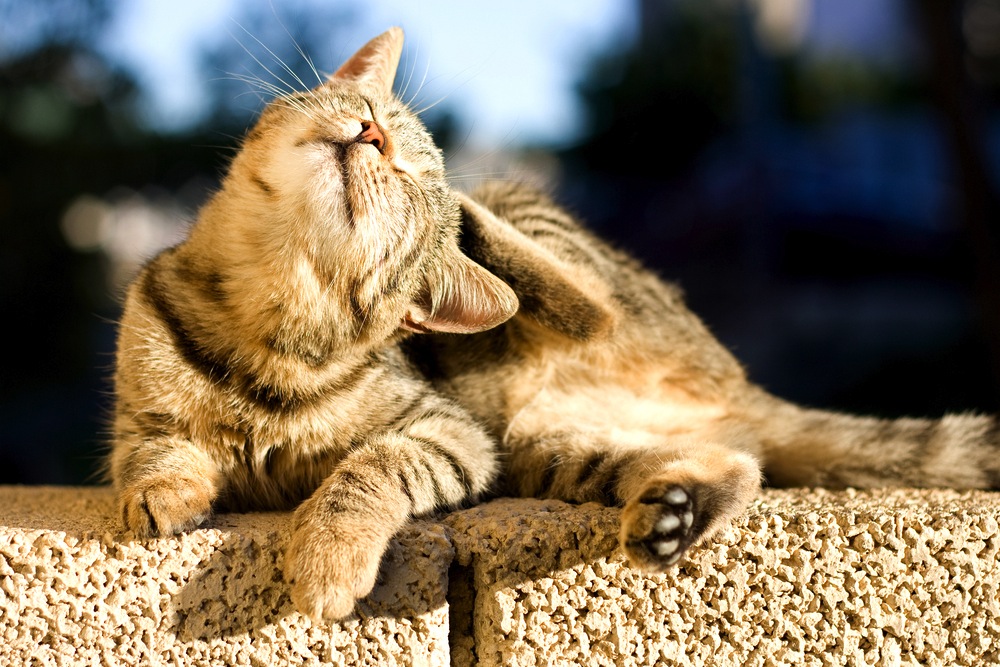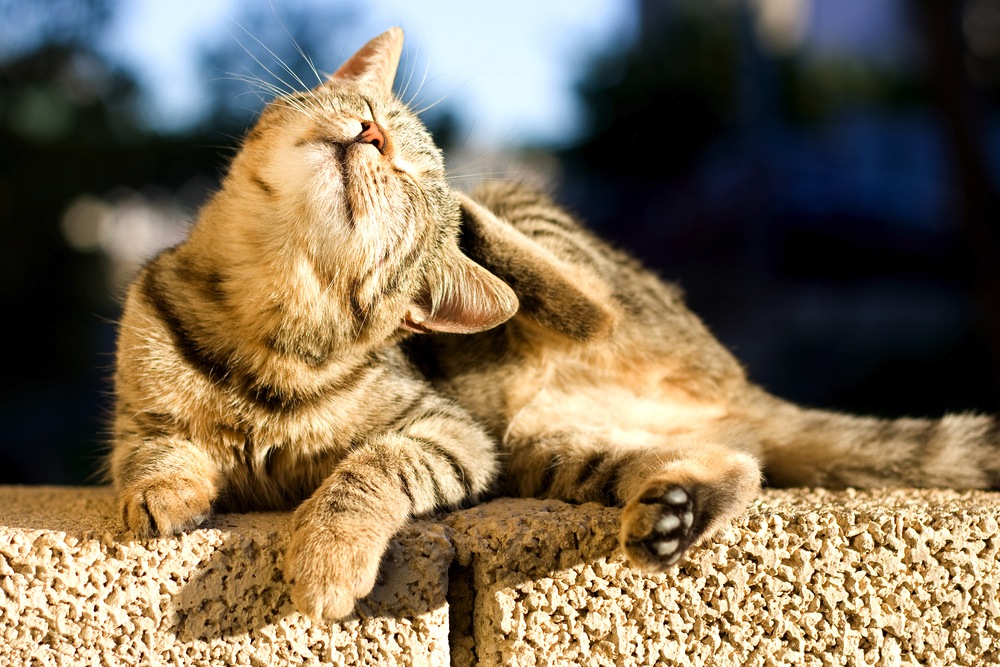
If you’re a smallholder, sudden death within your flock can be devastating, especially when it hits your healthiest and strongest animals.
Last year I took a call from a very distraught smallholder: “I found three dead lambs this morning. I’d understand it if they were runty things, but these were three good lambs.”
That same week, another farmer rang up to say, “I lost two cattle over the weekend. There’s a strange bubbling under the skin.”
Both sets of deaths were caused by a family of bacteria called clostridia. You might not have heard of this bacterium before, but you’ve probably hear of tetanus. Clostridia bacteria are the culprit behind this and a whole host of fatal diseases, including pulpy kidney, blackleg and lamb dysentery.
Infections are very hard to catch as there’s usually no prior sign of illness – often the first a smallholder or farmer will know about a problem is when they go out to the field and find a dead animal.
So where does this nasty bacteria come from? Clostridia generally live in the soil and can survive as spores for years. When ingested, they rapidly multiply within the animal, releasing toxins that can lead to death within hours. With such a fast-moving infection, it’s not uncommon for up to 30% of a group to die. Most cases occur when animals are out at pasture, but housed animals can also be affected.
Unfortunately, we come across cases of clostridia infection far too often. I say ‘too often’ because death can be easily prevented thanks to the effective vaccines that are available through your animal healthcare provider. As well as sheep and cattle, goats, alpacas and llamas are also susceptible and it’s definitely worth vaccinating them against these diseases.
Although the vaccination protocol can be a little confusing, it’s worth the effort to protect your stock. Your local vet will be happy to give you advice on what’s most appropriate for your animals.
– Dr Adam Reeves BVSc MRCVS, Severn Edge Veterinary Group






